Whether you are among the many companies sitting on a CRM database full of cold leads or have a steady influx of new subscribers, you should have a lead nurturing plan of attack to convert them all. Your database is full of potential customers and a virtually untouched goldmine of leads.
This article will serve as a guide for CRM managers, copywriters, sales, and content teams to formulate a data-driven plan of attack through lead nurturing emails for marketing automation. Note that you will need open lines of communication between your creative team and data administrators to implement most if not all of these steps.
To be clear, my purpose in this article is not to convince you of the value of lead nurturing, suggest cool catch-phrases, or provide a business writing 101 tutorial. I plan to help you with a different perspective that I’ve designed for driving effective lead nurturing campaigns with strategies that leverage CRM data points as well as buyer intent, user behaviors, lifecycle stages, and more. These strategies can be leveraged for B2C or B2B email marketing to essentially any industry or vertical. We’ll use readily available sources of information from your CRM and analytics to “get to know” your contacts better.
Hey, @ipullrankagency @clinton_byrd I kicked my copywriter's office door in & asked them "Why haven't we been doing this?!" Share on XOur driving goal will be to design better-targeted campaigns that make recipients feel like you are reading their minds! This helps you to improve open rates, engagement rates, and ultimately conversion rates. I want you to feel so empowered that after reading this article you will immediately kick your copywriters’ office door in and ask them “Why haven’t we been doing this?!”
Without further ado, here are the 10 data-driven steps to making amazing lead nurturing emails:
1. Identify the Original Source
Data Required: Source Data, Pages Seen/Visited, Traffic Source Data
Any CRM that is worth its salt is retaining the “Original Source Data”. The naming conventions may vary slightly depending on the CRM, but the main idea is that this is the channel where your contact originally came from such as Organic Search, Paid Media, Social Media, and so on.
You also want to look at the Original Source Drill-Downs. Those may expose more information about the original source of the contact, such as the search term *fingers crossed* and the referring URL. With the “First Page Seen” data, you can see which page they landed on initially and follow where they went from there until the “Last Page Seen”. This gives you deeper insights into what channels and content drove in this lead.
Knowing the original source of contact will help you:
- To adjust the style of your lead nurturing emails to the audience from that channel.
- Create a storyline with similar topics that your lead nurturing will be more likely to engage with.
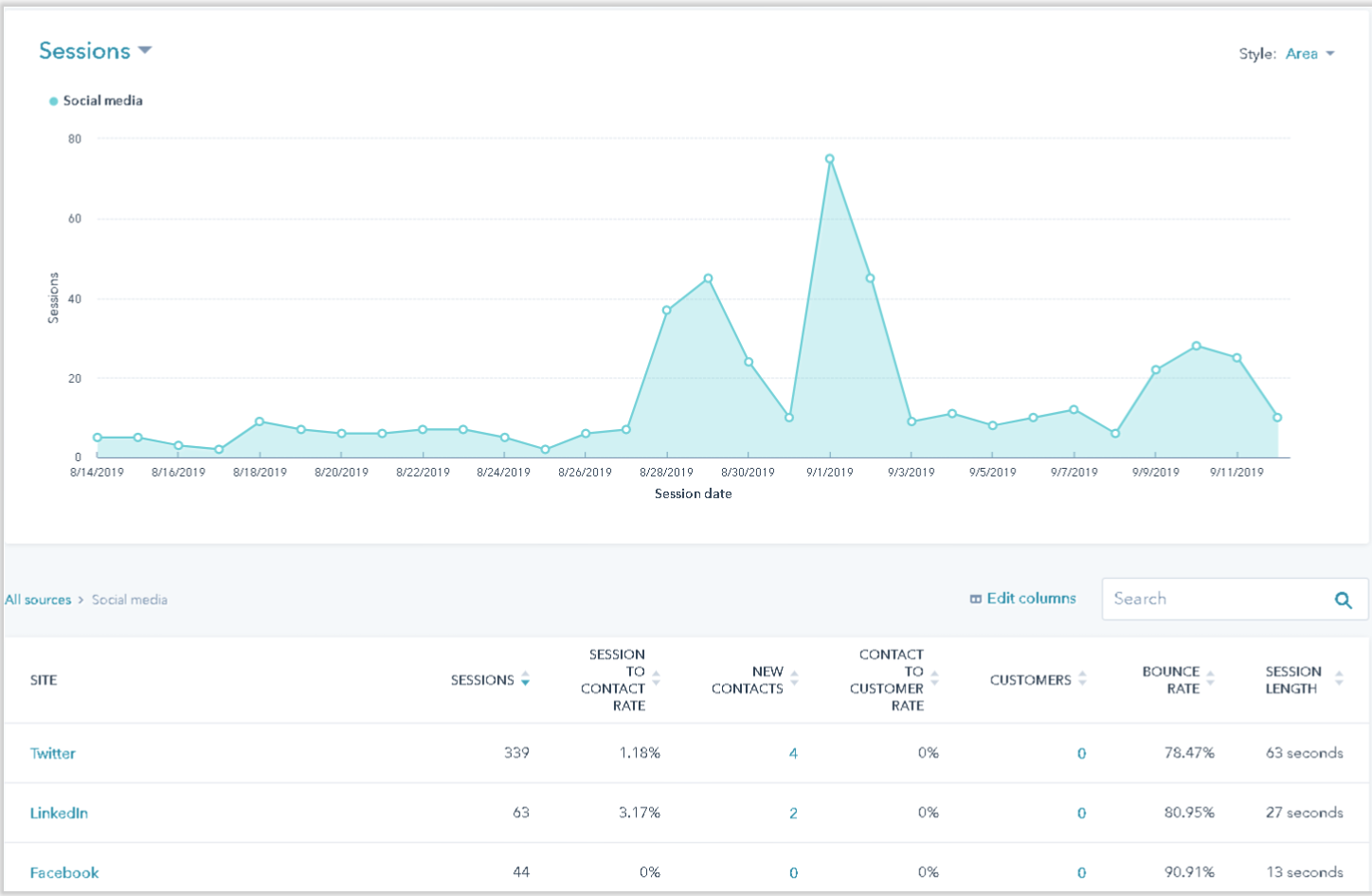
If, for example, most of your subscriber traffic came from Twitter, then it is a good idea to match the message using your Twitter voice and the most popular tweets that were live around your recipients’ visit date.
Lead Nurture Tip: Original source data tells you which channels are effective and where you should focus your general marketing efforts. #ipragency #iprblog @ipullrankagency Share on X2. Identify the stage in the Buyer’s Journey
Data Required: Buyer Intent Signals, Content Categories (matching buyer phases)
Thinking of the buyer’s journey is where it starts getting fun. But first, you need to have a solid idea of which pieces of content match to which stage of the buyer’s journey. This should have been factored into your content creation process! To illustrate, I pose these two common scenarios to you:
- Scenario #1: A contact came in from Organic Search and visited 3 of your service pages
- These visits are purchase signals indicating that this may be a Bottom of the Funnel (BOF) lead in either the Consideration or Decision stages of the buyer’s journey.
- Scenario 2: A contact came in from Twitter and visited one of your How-To Blog articles
- This contact is getting familiar with you and figuring out some issues, but didn’t indicate purchase intent. This should be categorized as a Top of the Funnel (TOF) lead in the Awareness stage. You should encourage more engagement to draw out more data. The goal is to further qualify and push this lead further along the funnel to become a Middle of Funnel (MOF) lead. Perhaps send a free offer for a downloadable e-book which requires that they submit their work information.
Signals of buying intent, such as pricing page visits, should have lists and workflows tied to them that trigger a sequence of customized lead nurturing emails matching to each buyer’s journey stage. If you make the mistake of sending someone who visited your pricing page a TOF email which directs them to a how-to article then you may have just wasted an opportunity to close that sale. You might even be unlucky enough to get an unsubscribe. Send BOF leads more information about the services that they viewed!
Keep in mind that lead nurturing emails are most effective when they are timely and relevant. #ipragency #iprblog Share on XOh, and by the way, never assume that every contact is ready to buy. By observing visitor behaviors you can deduce the right emails to send. And don’t forget, you can always A/B test!
3. Enrich your contacts!
Data Required: Contact Enrichment Data
When you are ready to get really granular, you need to know more about your customers, not just what they are doing on your website. If you have been doing your due diligence and collecting detailed customer data then you are in a good position. Many CRMs do this automatically but may have limited data. Otherwise, you can always use enrichment tools such as Clearbit or FullContact, and even integrations to LinkedIn to get customer data so you can create more targeted emails.
For example, take this customer profile:

The message that you send a VP of Sales should be different from what you send to a student. Jane likely would not waste her time reading an email that doesn’t immediately offer her some valuable insights that are related to her goals. On the other hand, Joe is more likely to be open-minded and happy with a newly published How-To article similar to the last one he read.
The more you know about your contact, the better you can adjust your copy and content to connect with that imaginary person behind the email address. #ipragency #iprblog Share on X4. Design Emails based on User/Audience Personas
Data Required: Audience Personas
Rather than making a lead nurturing email for every possible job role, you should establish personas in your database. This is not just for the sake of time but also helps to efficiently segment your marketing, database, workflows, and emails. This makes your job much easier when you begin drafting your various emails.
Taking our example of Jane from above, we could place a VP of Sales like her into a persona that we call “Danielle Decision-Maker.” We could further enrich her identity with a descriptive user story such as:
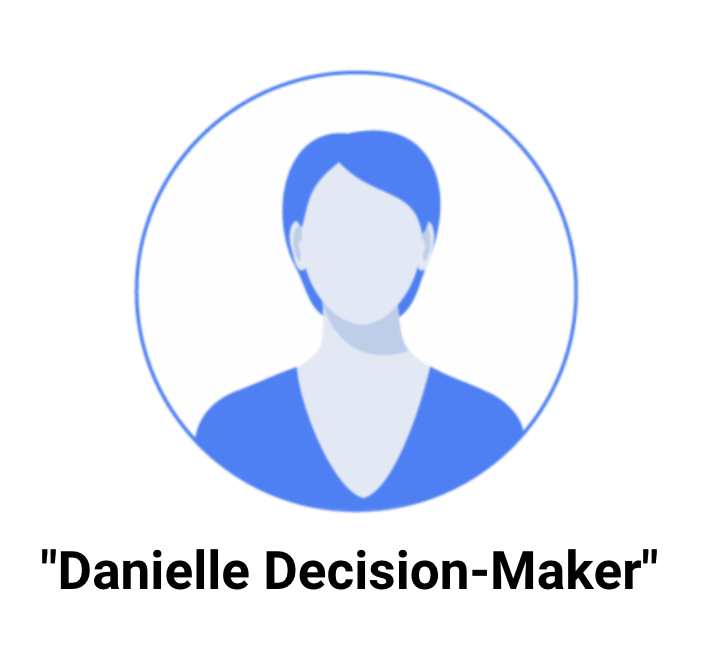
“Danielle is a well-off executive in her company and she is always on the go. She has a lot of responsibility on her shoulders so she is always looking for new ideas to optimize her time and do things better. She is very experienced and wants to stay on top of changes in her field so she keeps her eyes on other experts, news, and industry-relevant changes. She is ambitious and always looking at the bigger picture for ways to help her company grow”
From this story, we can visualize a real person to whom our email should speak to. This helps us to write copy that will surface points from those pains involving strategy, budgeting, and company goals that are more closely aligned with Danielle’s concerns.
Here are a few ideas to make a compelling email for Danielle:
- Offer her content that presents a spin on traditional methods
- Speak to her sense of self-improvement or ambition
- Call out topics that are profession or industry-related
Once you draft out persona-based emails, you can always go deeper and refine your emails to match industry-related pains, seasonal-related topics, and so on.
Need help creating audience personas? We do this!
5. Identify their Lifecycle Stage MQL? SQL? Other?
Data Required: Lifecycle Stages
- A marketing qualified lead (MQL) is a lead that is likely to become a customer but needs some more nudging in that direction.
- A sales qualified lead (SQL) is an opportunity that has been vetted to have a legitimate interest in your product/service and more likely to become a customer.
Knowing which lifecycle stage your contact is in will further help you determine what stage of their buyer’s journey that they are in, and the best content to send or not to send.
If you implemented my recommendations so far then you should have enough data to identify and segment MQL’s and SQL’s in your database. Since marketing should always be working closely with sales, you should reference your sales team’s ideal customer profile and sales qualification framework. You need to know these things in order to set up workflows that trigger or stop your lead nurturing emails based on certain signals and status changes.
If for example, an MQL converts on a “Contact Us Form,” then their status should change to a “Sales Ready Lead” (SRL) or “Sales Accepted Lead” (SAL). When this happens you should either stop their lead nurturing drip or change the sequence of emails to one relevant to SAL’s. This is where the hand-off to sales happens so you need to account for this.
The bottom line is that your lead nurturing workflows need to account for lifecycle changes so you don’t send the wrong emails at the wrong time! #ipragency #iprblog Share on X6. What is the Contact’s Lead Score?
Data Required: Lead Score, Interests, Sales Qualification Data
The lead score is something you should always have in your pocket to help you to determine the warmth of a lead. MQLs who are actively visiting your site should get higher scores than subscribers who you visit seldomly. They should also be getting better quality content from your lead nurturing emails.
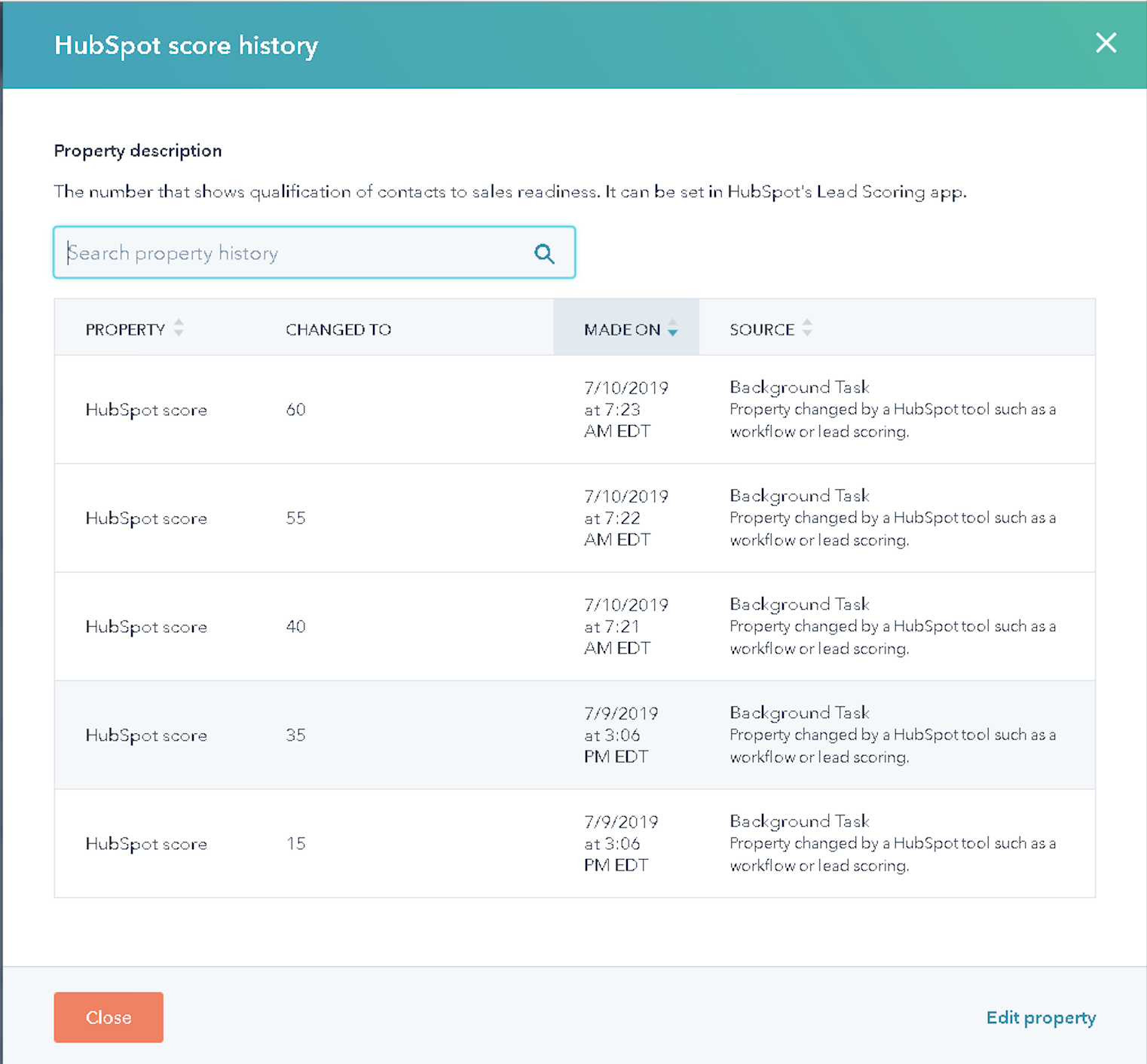
The lead score should also be used as an additional trigger for your workflows. By attaching high scores to service page visits, demo requests, or webinar signups you will know the best time to activate your different nurture emails. You also will have an indication of how hot the lead is if they have been doing a lot of high-value engagements in a short period of time. This ties back into the sales qualification framework. If your sales team is using the BANT (Budget, Authority, Needs, Timeline) framework then this is an indication that this contact’s needs and timeline are more pressing and it is the optimal time to send a campaign.
7. Uncover Business Pains with Great Content
Data Required: Audience Personas, Industry, Content Categories
This can be tricky. Visitors don’t explicitly tell you why they are on your site. Or do they? You can get an idea of the business pains based on their persona, industry, and content that they have engaged with you on your website. If your content is great and ties in business pains, user search trends, and are related to your services then you can easily match your lead nurturing emails to those pages.
A big factor in this step is making content that is designed for Search and your audience’s intent. This is where copywriters who are not experts or not actively working in a particular industry often struggle and make ineffective articles. The same premise goes for who is crafting your emails. Your writers should have a strong knowledge base of your product or services and common customer pains if you want content or emails that perform.
Your writers should have a strong knowledge base of your product or services and common customer pains if you want content or emails that perform. #ipragency #iprblog Share on X8. Match your Subject Headline with Keyword Research
Data Required: Search Terms
What good is a lead nurturing email if it isn’t opened? A great subject line is a must-have and best when it connects with a topic that the user has been searching for themselves. Go a step further and sprinkle those keywords throughout your email copy for continuity and connect your ideas with your readers’ search intent. Don’t let your subject line promise something that the message in your email or content doesn’t deliver!
The easiest way to get some of this keyword data is to identify the articles on your site that they have engaged with to find the most common search terms that lead users to those pages. You can find limited data in your Hubspot Analytics, but your best bet is to go with keyword research tools such as Searchmetrics, Botify, Google Search Console, and many more. If you are lazy you can just pull keywords from your article titles or content.
9. Match Content with Captured User Interests
Data Required: User interest values
As you now know, your CRM should be tracking the pages your contact visits. To determine what content you should present to match user interests, you need to create workflows to assign interest property values. Here’s an example of what we’re doing here at IPullRank:
- Create an internal user property called “Customer Interests”
- Create property values such as SEO, Content Strategy, Reputation Management, and Link Building
- Identify which articles are related to these topics (you refer to the blog tags if they are well categorized)
- Create a workflow that sets the “Customer Interests” property value whenever there is a page visit
For example:
- When a contact visits my last article “5 Reasons Why Your Business Should Embrace Bad Reviews”
- The workflow appends the “Customer Interests” to “Reputation Management”
After collecting enough of this data, it is easy to know which types of content your contact will be interested in receiving and engaging with.
10. Send Compelling Information to Drive Leads further along the Funnel
Data Required: All of the above
You need to be creating great content to be able to send compelling information. The content on your website and the marketing collateral that you make should be created with the audience in mind. This combined with all the information we have mined about your contacts will serve as inspiration for your nurturing emails
Good content to send an MQL would be:
- Interest-Related Videos
- Case Studies, highlighting relevant topics
- Links to articles matching their latest site visits
For contacts in this stage, we want our emails to call out aspects of our services implicitly. For example, I would send an iPullRank case study with an email that explains how a certain content strategy generated $25 million in revenue. The case study would be supporting evidence. In this case, the MQL takes away three things:
- Proof that certain strategies are effective
- Proof that those strategies will have a great ROI
- Proof that we can execute those strategies if hired
Now that MQL may want to just copy our strategies. However, they would face an investment of time, effort, and likely a hard learning curve. Ideas of hiring our team to do the job may start to float around their thoughts. This is the nudge. Maybe this is where they visit one of our sales pages, which is our buying signal win.
Finally, let’s put all of these steps together. As an example, let’s say you have this customer profile
As an example, if you have this customer profile:
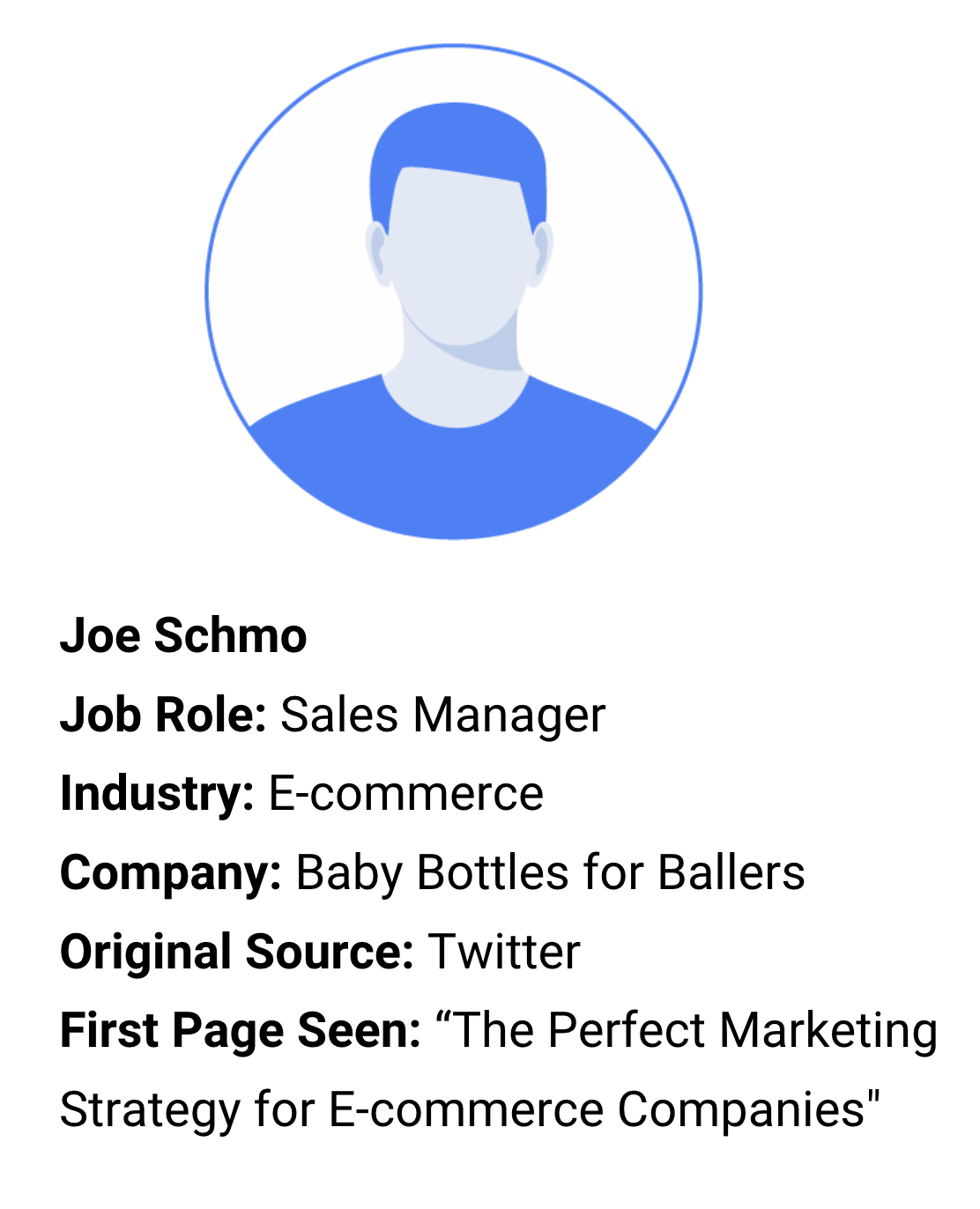
Here you have enough data to help you to identify your lead, understand their interests, and what copy could grab their attention. Now you may ask, “Will you give me some samples of what to write?” Nope! Because what you write should fit your company’s brand, tone, personality, and service or product. Your emails should stay true to and represent your brand’s character.
Take all of the data that you collected from these steps to better envision the person at the other end of the email, and talk to him/her as if you were having a conversation in real life. Treat each email like it’s a date, fully expressing yourself, giving them content that will spark more interest and ultimately lead to making the mutual connection aka “conversion.”
How does your company manage its lead nurturing program? Tell us in the comments below!
- What is SEO Due Diligence, and Why is it Important for Investors? - February 24, 2020
- Rank UP Event Recap: The Future of Search - December 5, 2019
- 10 Data-Driven Steps to Amazing Lead Nurturing Emails - September 19, 2019





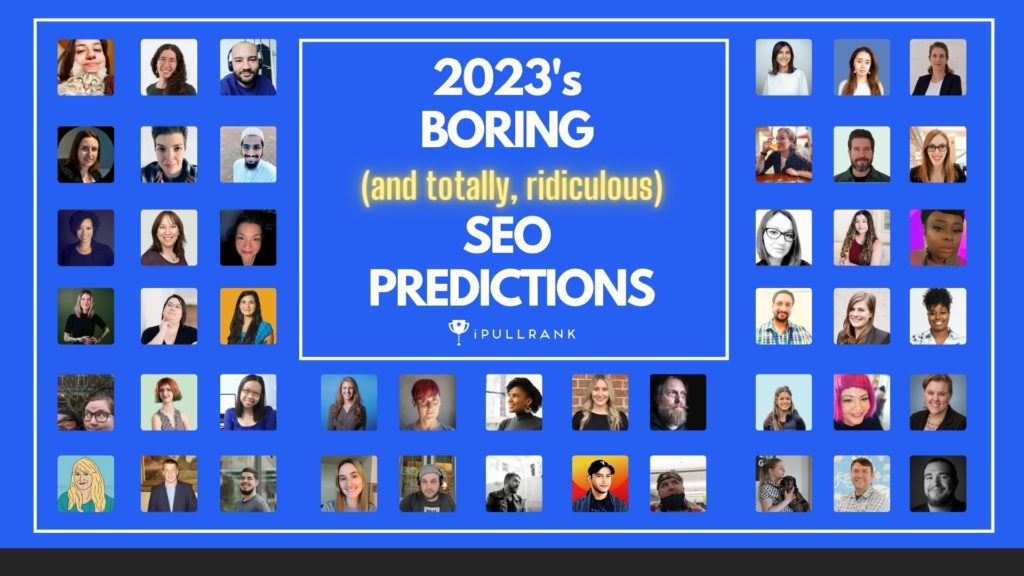

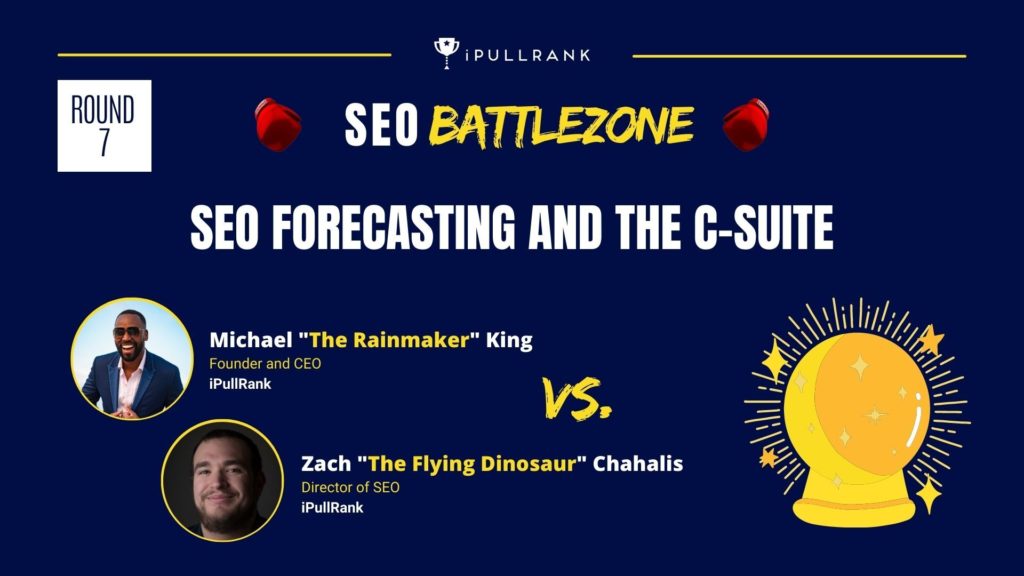



Leave a Comment